- Home
- entertainment
- news
- Every Lady Gaga album, ranked
Every Lady Gaga album, ranked
Ashley Simone Johnson

- Insider ranked all of Lady Gaga's seven albums, from "The Fame" to "Chromatica."
- "The Fame" took the top spot.
- "Born This Way" and "Chromatica" rounded out the top three.
7. "Cheek to Cheek" is unoriginal.
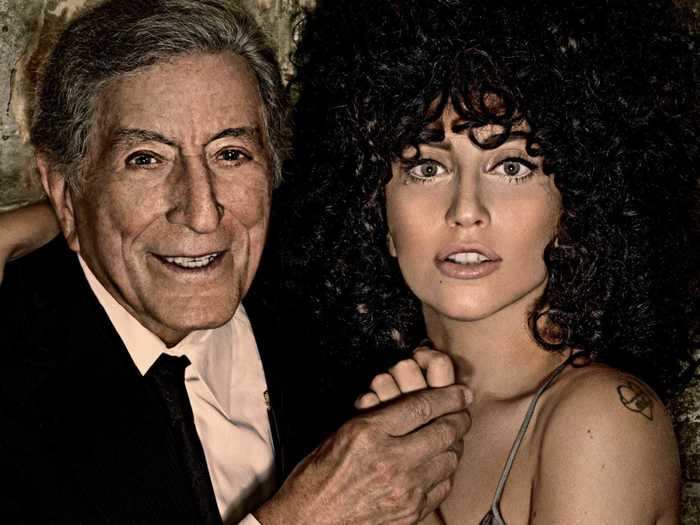
This arbitrary album is just one of several projects in which Gaga shape-shifts her image and talent.
On it, she collaborates with Tony Bennett to cover jazzy classics like Matty Malneck's "Goody, Goody" (1936) and Cole Porter's "Anything Goes" (1934).
And while the vocals and live performances of this album are flawless and rhythmically theatrical, Gaga and Bennett's renditions don't add anything of significance when compared to the original songs, making this project redundant.
"'Cheek to Cheek' sounds like a retreat; it's plenty desperate, but in a way that suggests she's merely run out of ideas for the moment and wants to cover it up with borrowed prestige," Mikael Wood of Los Angeles Times said.
Jazz as a genre has also declined in popularity, so it's not surprising this album didn't gain much traction.
6. "Joanne" isn't risky enough.
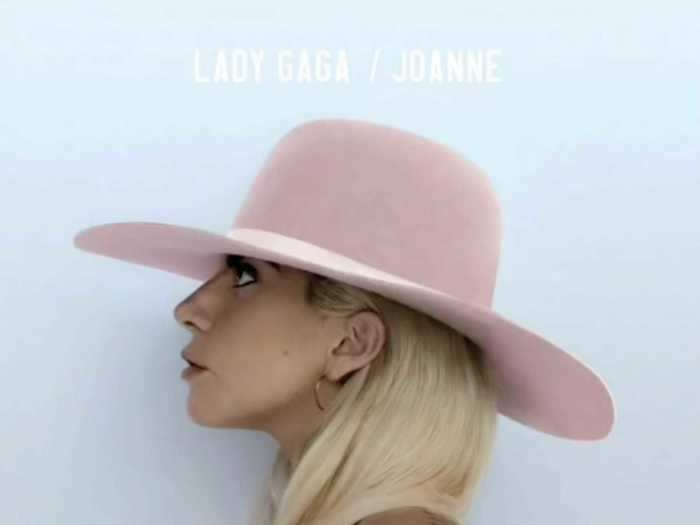
On "Joanne," the EDM-centric artist forgoes pounding electro-pop for a calmer country/folk-pop sound.
The vulnerability and absence of auto-tune on this project are much appreciated, as the songstress strips down the production and showcases her vocals through her most intimate storytelling within her discography.
Tracks like "Joanne," "Million Reasons," and "Angel Down," are raw and reflective, while other songs like "Diamond Heart," "A-YO," and "Grigio Girls," are definitely catchy.
However, while the album was a bold rebrand for Gaga personally, there is nothing generally special about it.
"Joanne" just wasn't daring enough to sonically stand out in the mainstream (which was already deluged with similar pop and alternative sounds), preventing it from having a lasting impression — and possibly making it the artist's most generic work.
5. The "A Star Is Born" soundtrack is not a Gaga masterpiece.
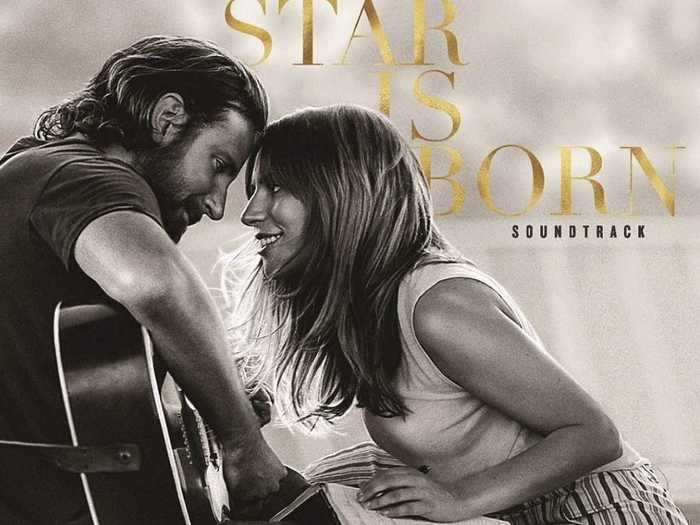
This is another project in which Gaga strays far from her authentic self and sound.
It is a raw ballad-filled soundtrack with moving duets like "Shallow" and "I'll Never Love Again," and a few bops like "Why Did You Do That?" and "Hair Body Face."
Bradley Cooper and Mark Ronson also come through with enormous talent in vocals and production, respectively.
Gaga further reinforces Ally's character and sound in the film with her, — as The Guardian's Ben Beaumont-Thomas calls it — "Aloe Blacc-style neo-Stax soul," along with impressively executed high-pitched melodies.
The soundtrack by no means lacks soul or quality; it just lacks the risque fanfare Gaga is so very well known and praised for. Seeing as it's not truly a Gaga album, it falls behind her other projects in this ranking.
4. "Artpop" is Gaga in full form.
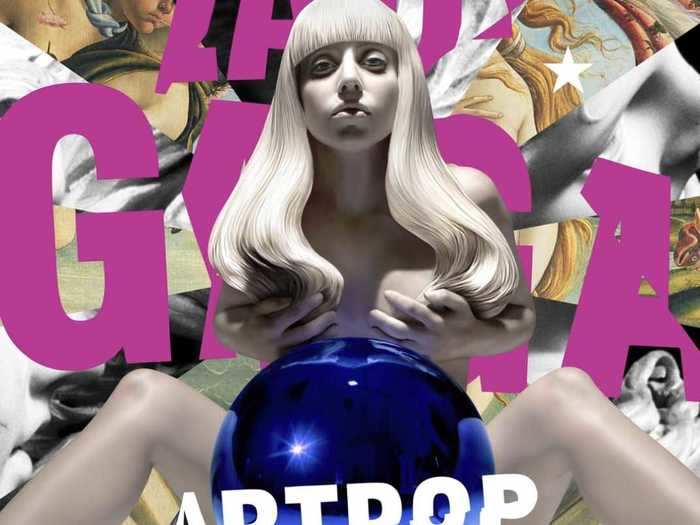
As divisive as her third studio album is, it is perhaps her most Gaga project yet, in that it's her most ambitious and uncaged.
The project chaotically experiments with tech, art, pop, and sex in its attempt to be what The Atlantic dubbed "an attention-freak's manifesto," making it mostly overwhelming and hard to discern upon first listen.
But while there are a few overwrought, dubstep-y tracks (like "G.U.Y" and "Donatella"), the overall experience is a genuinely exhilarating one, filled with wildly infectious, dance-floor-worthy beats across songs like "Manicure," "Swine," and "Fashion!"
In the years since its release, critics have revisited and backtracked initial opinions, to analyze the album's "obvious gems" (Billboard) and declare that "Artpop" "is good, actually" (Vice).
3. "Chromatica" is a "futuristic pop utopia."
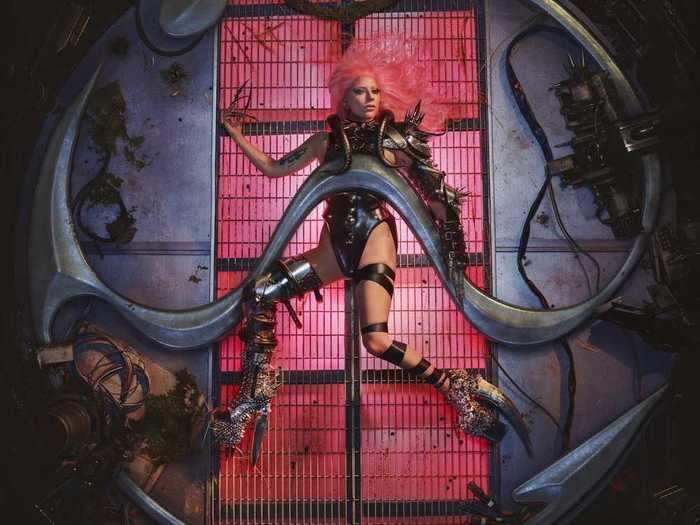
Her last studio album is her brightest, most polished pop album yet.
Insider has previously described it as a "futuristic pop utopia."
"Chromatica" is an instantly mood-boosting playlist in which every single song gets your body moving – with the exception of the three interludes: "Chromatica I," "Chromatica II," and "Chromatica II."
What the interludes do though, is enhance the strategically thought-out spatial aesthetic of the fantastical project.
The album manages to sonically sugarcoat very dark personal struggles with PTSD triggers, antipsychotic meds, and sexual assault. But, as the irresistible pop anthem, "Free Woman" states, this project is, as Insider's Callie Ahlgrim puts it, "her dancefloor she fought for," no matter what pain or trauma may persist.
And with iconic tracks like punchy "Stupid Love" – which according to Katherine St. Asaph of Pitchfork, is "the oncoming-juggernaut heft of 'Bad Romance' and the melodic contour of 'Born This Way'" – there is no doubt it deserves a spot in the top three.
2. "Born This Way" is memorable and anthemic.
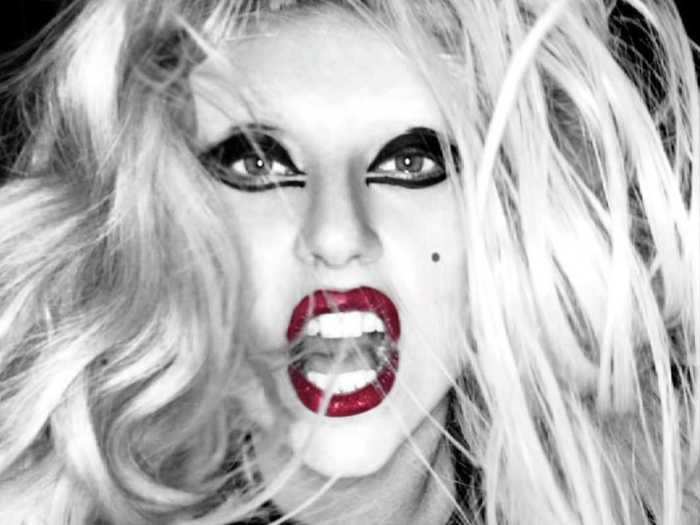
On her second studio album, Gaga executes what she does best: Euro-disco beats and elements of chanty dark-pop.
And throughout that raucous angsty sound, is a refreshing pop-y platform bolstered by Gaga's theatrics and powered by truth and identity – which has primarily resonated with the LGBTQ community.
The title track has been dubbed a "freedom song" by Gaga herself and a song that has defined the 2010s by Billboard. Other tracks like the cheeky "Judas" serve insight into existential wars of religion (and the heart), while "Government Hooker," "Hair," and "Scheiße" serve as feminist anthems.
Making it even more eternal, the final song, "Edge Of Glory," enlists Bruce Springsteen's sax player, Clarence Clemons, for a notable solo.
1. "The Fame" is a classic.
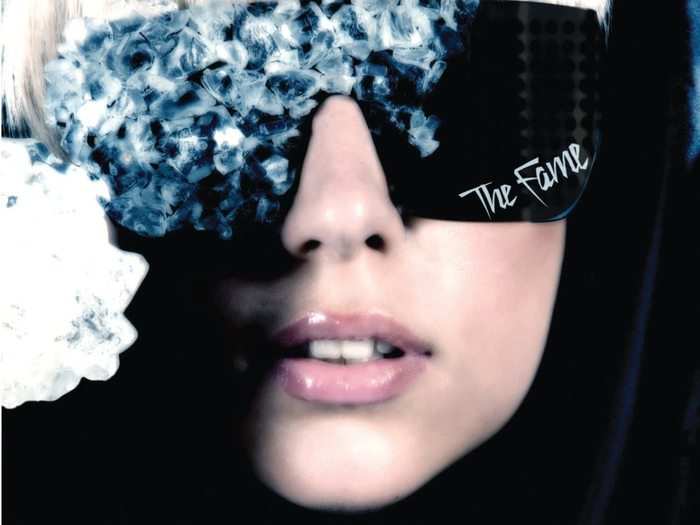
This 2008 project boldly encompasses an edgy, gothic, Euro-dance-y sound that helped turn a world of tired generic pop into the famously campy scene it's evolved into today.
Gaga introduced herself to the industry as a forward-thinking musical (and visual) genius via hit songs like "LoveGame," "Paparazzi," and "Poker Face" – all of which propelled an entirely new wave of stan culture.
Consequence of Sound's Alex Young, said that Gaga herself has been "heralded as the savior of pop music and culture, injecting a much-needed spark into what not too long ago was a very tired industry" due to the massive success of "The Fame" and its follow-up EP, "The Fame Monster."
And with the addition of "The Fame Monster" came more alluring chart-toppers like "Bad Romance," "Alejandro," and "Telephone" – turning this era into an even-greater pop experiment with grandiose goth beats and overall excellence.
READ MORE ARTICLES ON
Popular Right Now
Popular Keywords
Advertisement